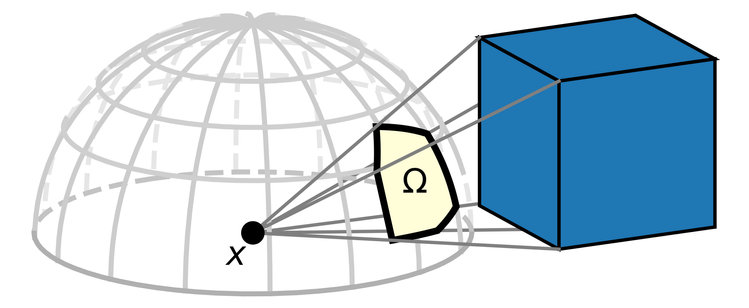You cannot get physically-based rendering right without understanding radiometry. My new blog post explains it all, relying on familiar concepts from rendering algorithms as much as possible.
Part 2 will come next week.
https://momentsingraphics.de/Radiometry1Backwards.html
Part 2 will come next week.
https://momentsingraphics.de/Radiometry1Backwards.html
